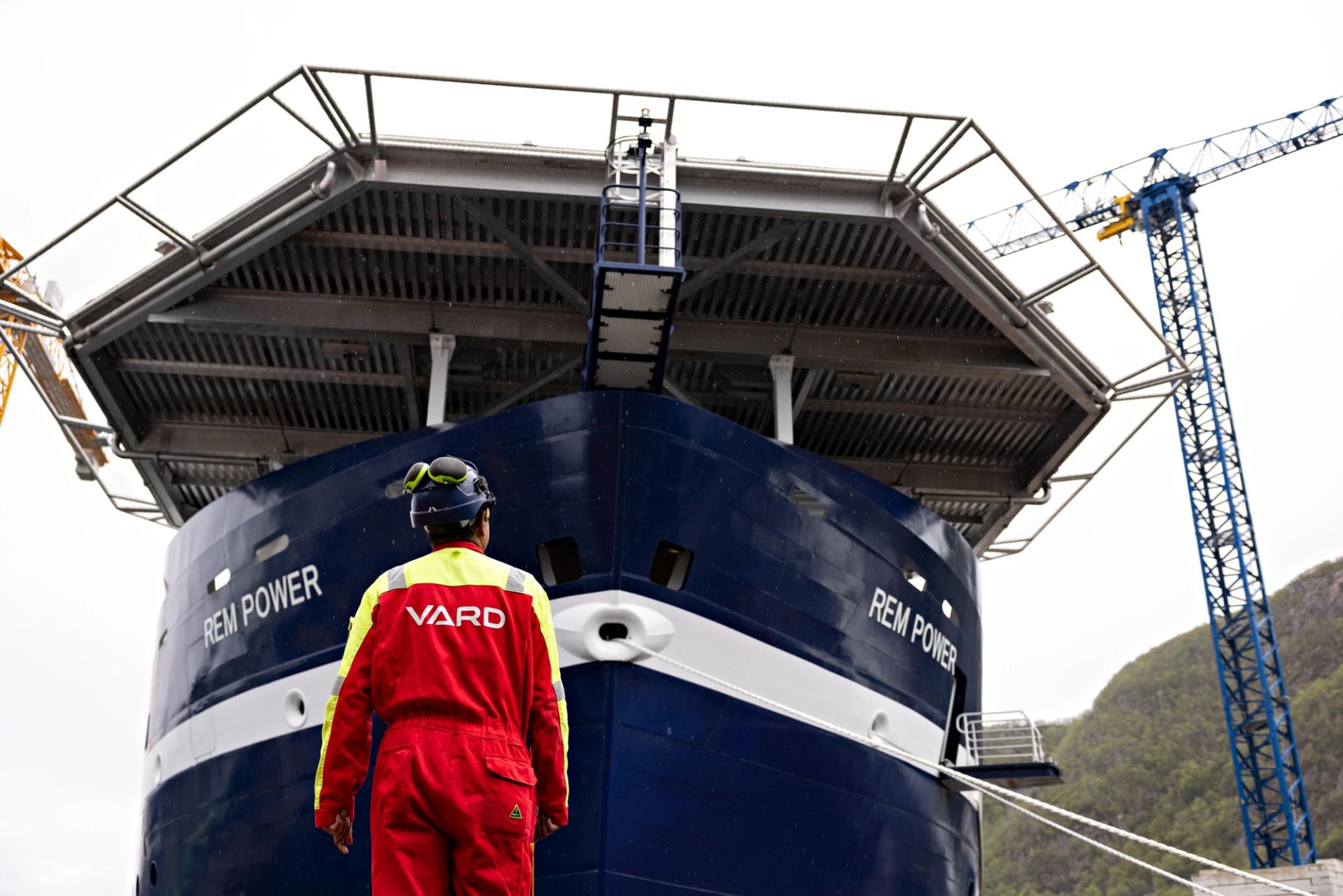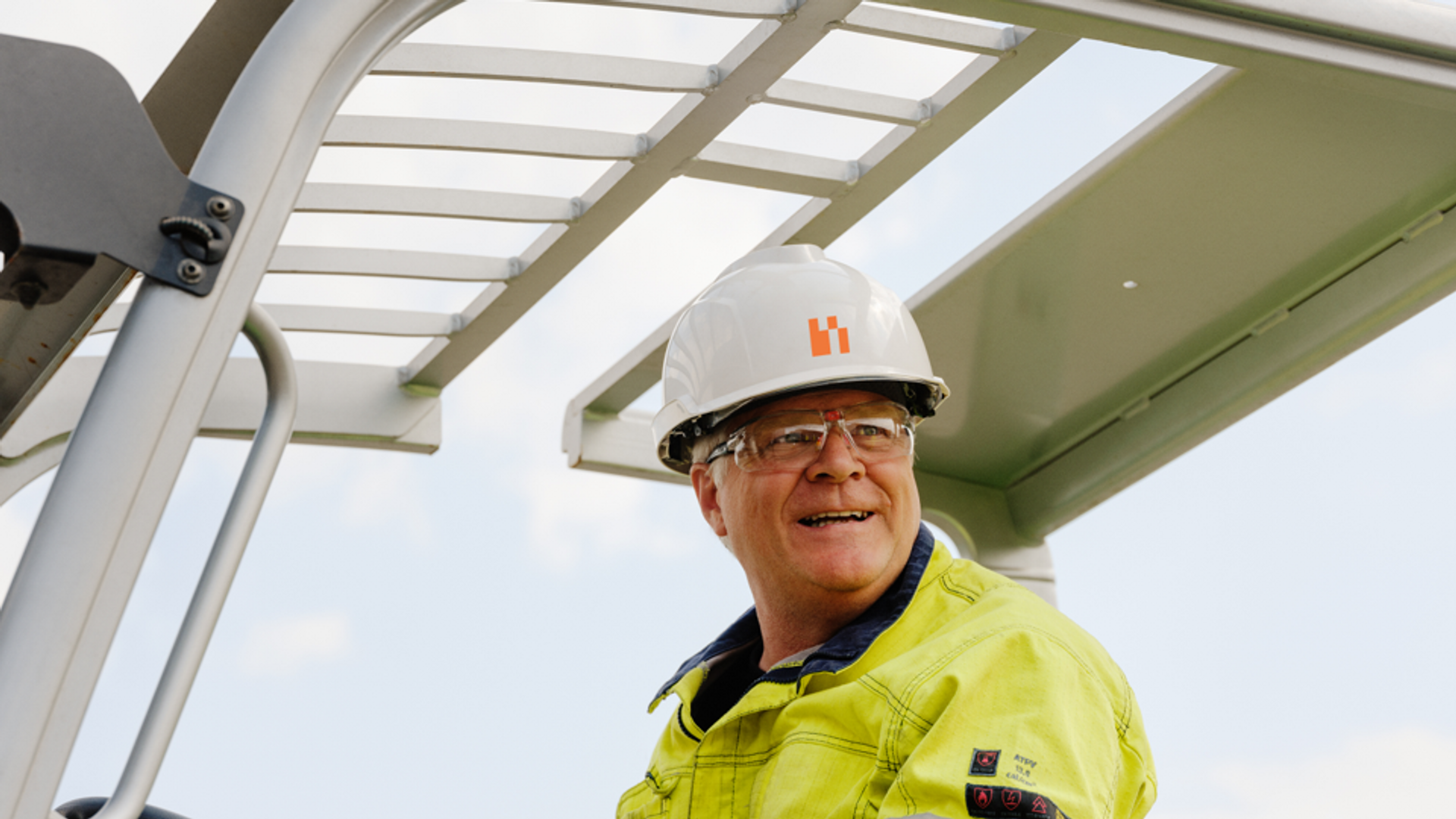
Norway attracts global partners in sustainability
Published 4 Oct 2024 (updated 31 Jul 2025) · 7 min read
Global investors and markets look to Norway for innovative solutions, especially when it comes to sustainability and the green transition.
Norway is a proven innovation leader, ranking in the top 25 of the Global Innovation Index (GII).
Among high-income countries, it performs above average on key innovation metrics such as creative outputs, business and market sophistication, human capital and research.
Using marine resources within nature’s limits
Norway, which has the world’s second longest coastline, knows the ocean well. For centuries Norwegians have gained sustenance from sea, and today they continue to innovate sustainable solutions using marine resources.
One such company is Aker BioMarine, which won the Norwegian Export Award 2024, presented by the Export Finance Norway and Innovation Norway. As the world’s leading supplier of krill, Aker BioMarine covers the entire supply chain from harvesting to production, and its krill-based ingredients are sold for use in aquaculture, animal feed and human nutritional supplements. To ensure sustainability, the company strives to reduce bycatch by continually developing its fishing methods.
A full 91 per cent of Aker BioMarine’s turnover comes from exports, mainly to America and Asia.
From sea to plate
Along the same lines, an impressive runner-up for the Export Award 2024 is Hofseth, a seafood company focusing on responsible farming and high-tech processing. While Hofseth exports over 95 per cent of its products, it processes and prepares the fish as close to the source as possible, ensuring local value creation and the freshest ingredients possible.
Sealife for better human health
In addition, NUAS Technology uses hydrolysis technology to extract protein, oil and bones from whole, unsaleable fish and fish residuals, turning these ingredients into products for animal and human consumption, while Ocean TuniCell produces medical-grade biomaterial from marine invertebrates, which can be used in organ and tissue engineering.
Birthplace of floating offshore wind
Norway is the pioneer of floating offshore wind. The world’s first floating wind turbine, Hywind Demo (renamed Unitech Zephyros), was installed here in 2009. In 2017, Equinor launched Hywind Scotland, the world’s first fully fledged floating wind farm. In 2022, the company launched the world’s largest floating wind farm, Hywind Tampen.
Today Norway remains the global leader in floating wind technology, and is home to one of the world’s foremost testing facilities for floating wind solutions: Marine Energy Test Centre (METCentre).

Experts in all things offshore
Norway’s broad offshore expertise gives the country a competitive edge in offshore wind, whether floating or bottom fixed. In fact, there are many skills that are transferable from the offshore industry to offshore wind: floating foundations in harsh environments, mooring systems, geotechnical surveys, maintenance, service vessels and everything in between.
Advanced robotics, automation and digitalisation
In other areas, Goodtech has automated the production of offshore wind structures, while its Wind SCADA solution interprets complex data from offshore wind turbines. Remota enables remote operation of offshore wind farms from onshore control centres, and Miros Group provides real-time ocean monitoring around wind farms. To protect biodiversity, Spoor enables birds and wind farms to co-exist using AI technology to monitor bird activity.
Green maritime solutions
Norway’s green maritime solutions complement clean offshore wind power. Norway may have the world’s best electric plug-in hybrid vessels for offshore wind, which reduce emissions and fuel consumption by up to 25 per cent compared to equivalent diesel-powered vessels.
Future-proofed vessels for greener operation
An excellent example is VARD, the largest turnkey supplier of offshore vessels in Norway and a major global designer and shipbuilder of specialised vessels. In recent months, VARD has delivered two cutting-edge hybrid CSOVs: Norwind Hurricane to Norwind Offshore and the award-winning Rem Powerto UK-based Rem Purus.
VARD future-proofs its vessels by enabling conversion to alternative fuels and zero-emission solutions as the technology develops over time.

Tomorrow’s fuels: methanol and green hydrogen
Norway continually seeks solutions for the cleanest, lowest cost vessel propulsion, which one day may become an industry standard. Eidesvik Offshore recently launched the world’s first methanol-powered vessel for offshore wind operations, which promises to be the world’s most eco-friendly vessel in its operating segments.
Similarly, the maritime powerhouse Ulstein has developed a wind subsea vessel for wind farm installation and inter-array cable laying. The hybrid vessel has versatile fuel options, including methanol. Also an innovator in green hydrogen fuel, Ulstein has developed the a zero-emission wind turbine installation vessel and a construction support vessel that can operate in zero-emission mode 75 per cent of the operational time.
Award-winning electric ferry technology
Green vessels dominate other industries as well, most notably public transport. Today Norway boasts about 80 electric commuter ferries in operation. It designed, built and operates two global firsts: the world’s first all-electric ferry, MS Ampere, and the first high-speed electric ferry, MS Medstraum.
In addition, the ferry company Bastø Fosen operates the world’s largest e-ferry across the Oslofjord’s busiest commuter route.
Pioneer in clean battery systems
When it comes to clean batteries, Norway is way ahead of the curve. The country has a complete battery ecosystem focusing on sustainability. Its strengths include raw materials processing, automation and EV battery recycling.
The country has three innovative battery cell producers: Beyonder has produced electrode materials for batteries using sawdust from the Norwegian forestry industry; FREYR Battery is listed on the New York Stock Exchange and plans to build a gigafactory in the US; and Morrow Batteries will open its production facility in 2024 with green battery technology developed at the Morrow Research Centre.

Battery storage tech gains momentum
The global market for battery energy storage systems (BESS) is huge, with global demand dwarfing supply. Norwegian battery companies are well positioned to help to meet this demand with cutting-edge solutions.
One such company is Pixii, which has gained international attention for its modular approach, bringing new flexibility to energy storage. In 2024, Pixii was awarded the prize as Newcomer of the Year for its rapid export growth, and in the previous year it received the Deloitte Technology Fast 50 award as the fastest-growing tech company in Norway.
Innovative approaches to battery materials
In terms of battery materials, REC Silicon is a leading producer of silane gas (SiH4), the simplest form of silicon and therefore the purest. Silane is the material of choice in lithium-ion battery production, among other uses. The company has two US-based manufacturing facilities and offices in Asia and the US.
Through recycling, Hydrovolt recovers valuable metals from EV batteries, including the “black mass” comprised of nickel, manganese, cobalt, graphite and lithium. The company has the capacity to process 12 000 metric tons of batteries – the equivalent of 25 000 cars—at its plant in Norway.
Greening the construction industry
Building construction is major source of greenhouse gas emissions, including in the City of Oslo, which has set strict requirements to achieve emission-free construction sites by 2030. This has compelled suppliers such as NASTA to develop all-electric excavators and other construction machinery. When the machinery needs batteries and charging, PSW Power & Automation enables the switch to electric with mobile batteries and DC fast chargers.
International innovation award
A shining star internationally is Excess Engineering, a developer of a groundbreaking electric actuator to decarbonise the construction industry. In April 2024, the company won the Silver Award in Innovation – New Technology at the Sustainable Construction Solutions and Technology trade fair (INTERMAT) in Paris.
The electric actuator replaces heavy-duty hydraulic systems, providing an all-electric system to push, pull, and lift with an energy efficiency of 87 per cent.
Solar power thrives in the north
Located in the northern climes, Norway may not seem like an ideal place for solar power. On the other hand, Norwegians are used to innovating from nature, even under challenging circumstances. Otovo, for example, is the leading marketplace for residential solar in Europe, having sold and completed thousands of solar energy projects across 13 countries.
In addition, Norway is an excellent location for solar cell production, which uses 100 per cent clean, renewable hydropower. The ecological footprint of solar panels made with materials from Norway is therefore extremely small.

Floating solar combines sun and sea
An interesting twist on rooftop solar is floating solar, in which the water acts as a heat sink, increasing energy yield. Ocean Sun’s floating solar systems can be installed on reservoirs and coastal areas, which are otherwise unproductive, while Sunlit Sea accelerates the assembly of floating solar parks with a prefab solution. In aquaculture, Alotta’s floating solar solution powers feeding barges, cutting fuel costs and emissions.
Carbon capture and storage: decarbonising heavy industry
With decades of offshore sector experience, Norway has a strong foundation in carbon capture and storage (CCS). CCS involves capturing carbon dioxide emitted by industry, then transporting and storing it underground. A global leader in this field is Aker Carbon Capture, whose proprietary technology provides an eco-friendly way to reduce and remove CO2 emissions from industries such as cement, bio and waste-to-energy, gas-to-power and blue hydrogen.
Moreover, Northern Lights is the first major CCS project in Norway, enabling industrial companies from Europe to sequester their CO2 emissions at a location on the Norwegian Continental Shelf. The project is owned in equal shares by Equinor, Norway’s largest energy company, as well as by Shell and TotalEnergies. The site will be able to handle up to 1.5 million metric tons of CO2 per year.




.jpg?auto=format&w=1920&q=75)









